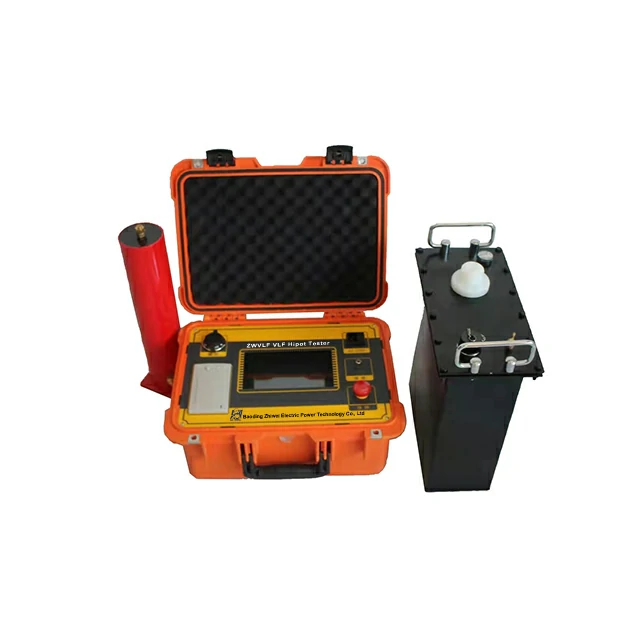Very Low Frequency (VLF) generators are commonly used for testing the insulation of high-voltage cables. The sample size, referring to the length of the cable segment under test, can influence the results obtained from VLF testing in several ways:
- Partial Discharge Detection: Partial discharge (PD) activity within the cable insulation is one of the key indicators of its condition. The sample size can affect the sensitivity of PD detection. Larger cable lengths provide a greater volume of insulation material for PD to occur, potentially increasing the likelihood of detecting PD activity. However, shorter cable lengths may allow for more localized detection of PD sources.
- Voltage Distribution: The length of the cable under test influences the voltage distribution along its length during VLF testing. Longer cable lengths may result in a more uniform voltage distribution, while shorter lengths may exhibit more localized voltage gradients. Understanding the voltage distribution within the cable is essential for interpreting the test results accurately.
- Dielectric Response: The dielectric response of the cable insulation to VLF stress can vary depending on its length. Longer cable lengths may exhibit different dielectric properties compared to shorter lengths, potentially affecting the measured dissipation factor and capacitance values. Analyzing the dielectric response helps assess the overall condition and integrity of the insulation.
- Test Time: The sample size can also influence the duration of the VLF test. vlf generator Testing longer cable lengths typically requires more time to achieve steady-state conditions and to observe any changes in insulation behavior. Shorter cable lengths may require less testing time but may provide limited insight into the condition of the entire cable system.
- Spatial Resolution: Larger sample sizes may provide a more comprehensive assessment of the cable insulation over its entire length. However, smaller defects or weaknesses in the insulation may be overlooked if the spatial resolution of the testing method is insufficient to detect them. Understanding the trade-off between sample size and spatial resolution is important for effective testing.
- Risk of Damage: Testing longer cable lengths with VLF voltage stress may pose a higher risk of damaging the insulation, particularly if the cable is aged or degraded. Properly assessing the sample size and test parameters is crucial to minimize the risk of over-stressing the cable during testing.
In summary, the sample size plays a significant role in influencing the results obtained from VLF testing of cable insulation. Understanding the relationship between sample size and various testing parameters is essential for accurately assessing the condition of high-voltage cables and ensuring the reliability of electrical power systems.
